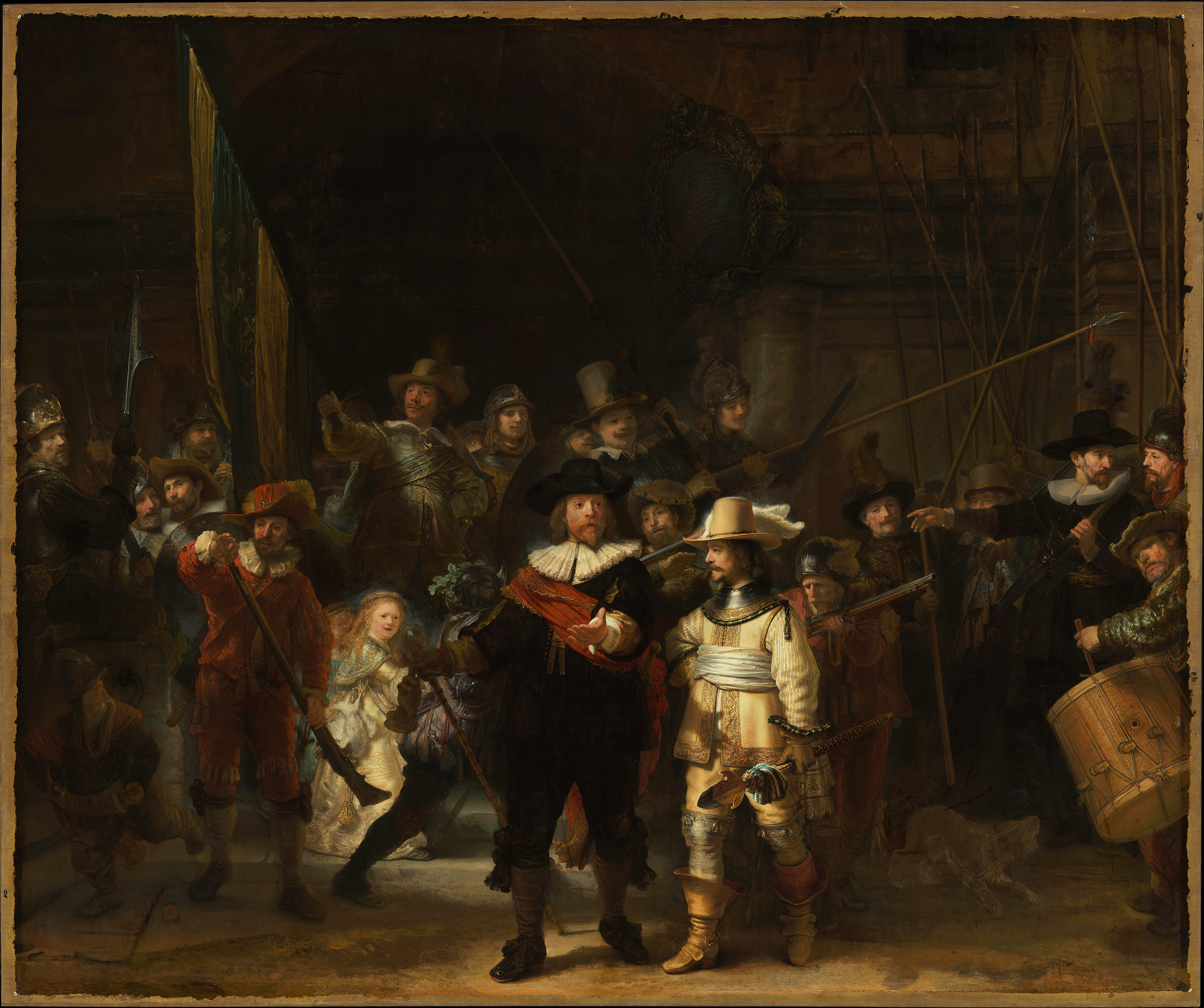1642
Long L
Advisor: Sharon De La Cruz
This project, named 1642, brings music to Rembrandt's painting, The Night Watch.

Abstract
This project, named 1642, brings music to Rembrandt's painting, The Night Watch. The painting was done in 1642 in Amsterdam, and it is one of the most famous and important paintings in Western art history. The project commences by breaking the painting into multiple layers. The bottom layer consists of the architecture in the background, followed by layers representing the characters from behind to front. Each person is digitally represented and painted. Throughout the painting of the background and layers, as well as the inclusion of intricate details, sound is being played simultaneously to provide audiences with a more immersive experience. The selected sounds are sourced from classical music in the Baroque era. the same era as the painting was created. The project necessitates extensive research into daily life in Amsterdam during the mid-17th century. An in-depth exploration of clothing and attire belonging to different social classes and occupations of that period is crucial, still, as the blocked figures in the back layers are also depicted. Ultimately, all 31 characters plus a dog allocate their specific spot, time, music, and unique representation. A script is written to organize the project, detailing the sequence of each layer, ensuring a harmonious fusion of visuals and sounds. The animation is projected at a 1:1 scale of the painting, measuring at 11' 11" x 14' 4". It is hoped that this immersive experience brings the audience a grander, theatrical, and dramatic encounter within the context of the combination of the visual splendor of Rembrandt in Dutch Golden Age and the timeless allure of classical music.
Technical Details
The project commences by breaking the painting into multiple layers. The bottom layer consists of the architecture in the background, followed by layers representing the characters from behind to front. Each person is digitally represented and painted. Throughout the painting of the background and layers, as well as the inclusion of intricate details, sound is being played simultaneously to provide audiences with a more immersive experience. The selected sounds are sourced from classical music in the Baroque era. the same era as the painting was created.